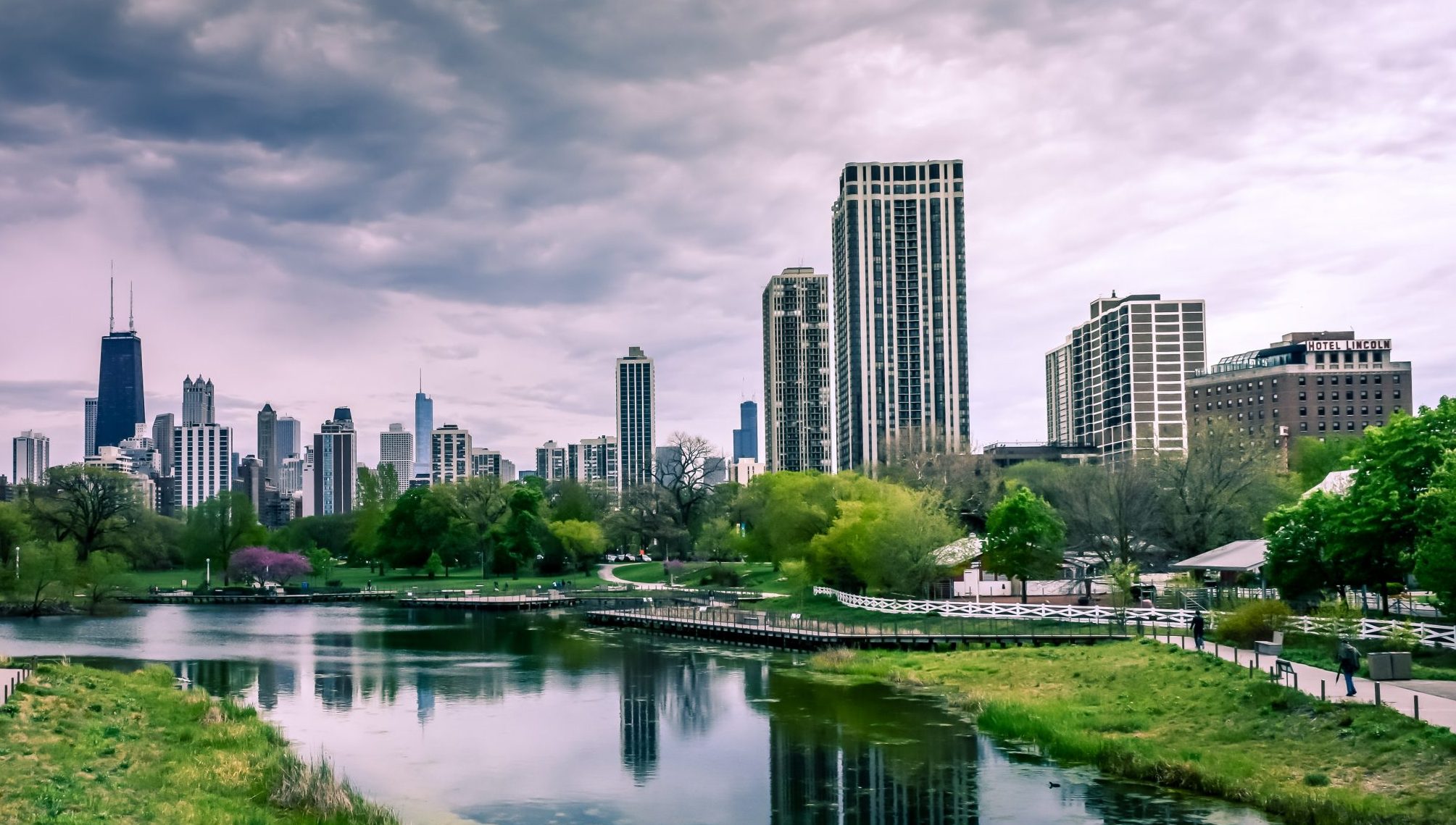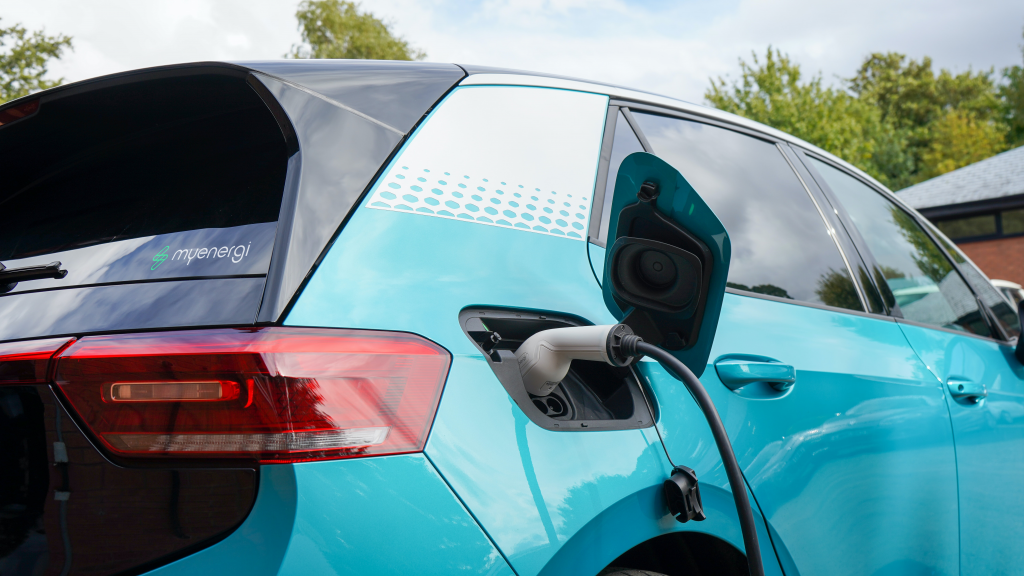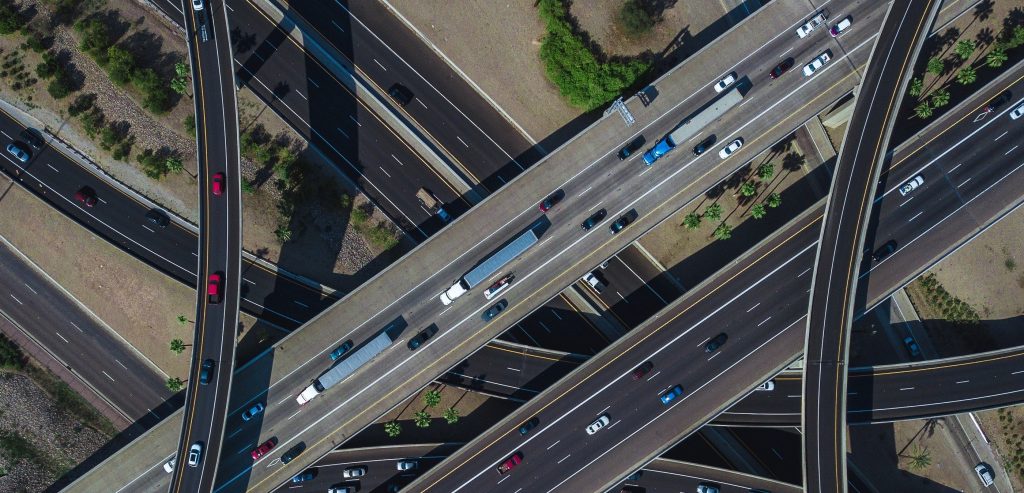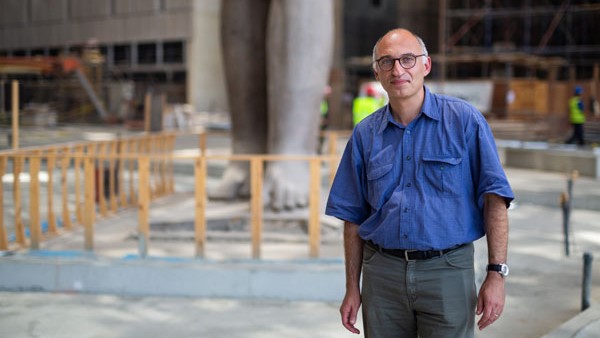For the New Administrative Capital to live up to its promise of carbon neutrality, there must be changes in public awareness, technology and regulations inside and outside the city.
In Business Monthly’s efforts to cover all aspects of the New Administrative Capital (NAC) ahead of the relocation of ministries and governmental entities, Egytrans CEO Abir Leheta assesses the city’s logistics and transportation system.
Egyptian Transport & Commercial Services Co. (Egytrans) is a leader in the field of transportation and logistics covering ocean and land freight, warehousing and customs clearance. In terms of project logistics, the company’s portfolio includes wind farms; power stations; and petrochemical, oil and natural gas projects. The Egytrans specialized fleet transports heavy lifts and dimensional cargo. Recent projects include delivering cars for the light rail that will serve the NAC and a nine-section flagpole that will be the highest in the world.

What are the most important modes of transportation for the NAC?
Everything that takes you to the capital from other places and then the transportation within the city itself. But if you just look at it in those terms, we’d be oversimplifying the issue. It’s not just about transport, it’s about creating logistics. It’s about both moving passengers and serving their needs, whether it’s retail stores or home delivery due to the explosion in e-commerce. I don’t have a clear picture of what the logistics map is going to look like, but there are a lot of projects planned to transport people and goods into and out of the capital from many different directions, such as light rail, monorail and high-speed train. Within the city, I imagine people will depend mostly on buses. The Council of Ministers just announced a plan to create an intracity rapid bus system.
What types of formal transportation will likely appear in the NAC?
I don’t really know if there’s a metro planned. I think it would make sense in the long term, but people move into new cities gradually. We saw it in 6th of October. We saw it in New Cairo. Yes, they’re going to move all the government offices into the NAC, but I imagine that will take time. People will not want to immediately move there. So in the beginning there will be a huge amount of commuting from Cairo. And it will take several years for the population of the NAC to be built up and for there to be the kind of congestion that requires additional types of formal transportation. I think the way the roads are built, it’s well-planned to absorb the traffic that is going to happen.
What are the types of informal transportation that will likely appear?
Informal transport represents 60% of transportation in any city, and in Africa it’s as high as 90%. It fills a big gap, but a host of challenges comes with informal transport: congestion, pollution and lack of road safety. A lot of cities have kind of modernized that type of informal transport by using bus rapid transit, with mixed success. I don’t think we will be able to tell what kind of informal transportation will come in. It will depend on the rules the government imposes, what kind of licensing is required. I think there has to be a clear vision of how to regulate it so that we don’t have the same kinds of problems we face in Cairo and other congested cities.
How would informal transportation affect NAC’s overall eco-friendly vision?
Let’s talk numbers. In terms of emissions, transportation today accounts for about 23% of energy-related carbon dioxide emissions. Many companies have become more eco-conscious over the past two decades and I believe that regulation will come. It will require what some companies are now doing voluntarily. In Egypt, especially, we’ve made it very clear that this is part of our Vision 2030, and we’re going to take serious steps toward fighting climate change. The formal sector worldwide has a huge amount of control over emissions and has succeeded in reducing them. The real problem will be the informal sector.
Egypt is working on making a lot of its transportation greener, so in terms of the rail, which is based on electricity, this will be greener. The bus rapid transit system will be based on green buses. A lot of other actions are being taken to make transport more eco-friendly. One is the project to replace old taxis. And renewing a license will require an emissions check. There’s a project to make that a part of how you acquire your car or motorcycle license.
Last month, we announced the release of Egypt’s first green microbus, so approximately 300 buses will be introduced every month. In addition, there is work on converting public sector vehicles to natural gas and encouraging the manufacture and purchase of electric vehicles in the next few years by reducing taxes and customs on them, as they tend to be more expensive. There are also plans to introduce 400 electric charging stations within a year in greater Cairo and the NAC and the roads that tie them together. There are 100 already in place and the potential to add 3,000 annually in the coming years.
I believe there should be a focus on moving the informal sector toward greener vehicles over time through regulatory and financial incentives. That’s really the only solution. And there needs to be a focus when building the city on encouraging non-motorized types of mobility like walking and bicycle lanes. To achieve that there needs to be public awareness about sustainability and interaction with researchers, academics, NGOS and the many parties that can support that kind of transportation. This is something that goes beyond the NAC.
What is the government doing to make sure the transportation system within the city caters to NAC residents? Is it enough?
That’s a very difficult question. If we assume that the city will become fully functional in 10 years, then maybe by then it should have a complete subway network, bus lines and internal arrangements that fulfills most passenger requirements. But probably what’s in place today, or what will be in place in the early days of the NAC is sufficient for the residents because the population will grow gradually.
Cities are very much living entities that have to evolve to fit the needs of their inhabitants as they develop. My hope is that with time, the inhabitants of the NAC will be a younger, more eco-conscious population that may choose to use things like bicycles and electric vehicles. The other question is the supply chain. I always come back to that because it’s not just about passengers. The needs of the residents are very much about getting their products to them at a reasonable cost and on time. So then the question becomes: Is the warehousing system sufficient to meet the needs of residents and how will it evolve?
The vision for NAC is that it will be eco-friendly and carbon neutral. What kind of programs or regulations can make sure the transportation system fits with that vision?
Regulations need to be applied to a broader area than just the NAC. There is a lot that can be done in terms of licensing and making sure vehicle emissions are within certain limits. In the future, there could be some kind of climate tax that makes noncompliance financially painful. But the bigger part is to put in place systems that make things better in terms of providing alternatives such as rail and electric vehicle infrastructure. Also putting in place systems that encourage a move away from large vehicles to things like scooters and bicycles. It’s a complex problem that requires many different solutions.
Companies rely mostly on trucks to move goods. Do you think they will seek more eco-friendly modes of transportation to transport to the NAC?
The U.K., for example, just announced a plan to completely decarbonize its transport. That’s very ambitious. The idea is these types of plans hinge on the development of future transport technology. The technology is not completely there yet. There has been a lot of development, but electric trucks, for example, are not yet where they need to be in terms of the distance they can travel on a certain charge and in terms of the time required to charge batteries.
At the same time, even when you use electric vehicles, a lot of the electricity they use is generated by carbon-emitting power plants. It’s the whole system that needs to be examined.
A lot of companies are looking at natural gas as an alternative, but even that has mixed results and some companies say they don’t plan to invest in developing natural gas trucks because of their minimal effect on carbon emissions.
I think the main hope is further developments in electric technology and addressing the other 75% of emissions that don’t come from the transport sector. Several truck manufacturers (including Volvo, Hyundai, Tesla, Scania) have begun to announce partnerships to develop trucks based on zero-emission hydrogen technology.
I believe in the next very few years, these things will be on the ground. But for companies, the issue is always cost. This is something that will take place over years.
How can other cities be easily linked to the advanced system of the NAC?
A big part of that will be played by the high-speed rail that’s going to connect the Red Sea and the North Coast and pass through the NAC. Otherwise, I think road transport will be the biggest thing. If you’re asking how other cities can begin to become more like the NAC in terms of having more advanced transportation systems, then the main links will be either via roads or high-speed rail. Where Cairo is concerned, of course, there are a lot of other links.
Accordingly, how can older cities adapt to link with the NAC?
It’s one thing to build something new from scratch and plan it from the beginning. When you have an existing system, it becomes more complicated. At the same time, it’s a very important issue because, according to the World Bank, congestion in Cairo alone costs $8 billion per year. But you can’t make reforms to the current infrastructure without really understanding the transport system in detail and a lot of the aspects of the informal modes of transport that exist.
The challenge is to be able to map a city’s logistics. Then you need a huge amount of data. It can be fairly manageable to get data from the formal sector or from companies, but much more difficult to get data from the informal sector, which accounts for the greater share of transportation. So as far as I understand it, the Egyptian government is working on its “Digital Cairo Project” to map informal public transport in Cairo. It’s based on a model inspired by the Digital Matatus project based in Nairobi that mapped out all the routes and stops used by the privately-owned minibuses that are used by over 70% of the city’s population.
Digital Cairo aims to address the knowledge gap that prevents planned development at present, and how to make public transportation more accessible for both users and planners. Beyond that, I think a lot of things can be done to improve roads in cities.
We’ve seen a lot of that happen in Cairo to just smooth traffic flow by changing directions or building bridges. And relying more and more often on technology, like the GPS, which can tell you to avoid congested areas. With more data, you can have systems that enable local authorities to improve things and help people to navigate the city.
What can we learn from the NAC transportation system that we can apply to other cities?
You can’t really transfer solutions from one city to another because you can’t take a one-size-fits-all approach. Each city is different in its structure, requirements and population density. So there might be some solutions that you can adapt here or there, but I think it really needs to be on a city-by-city basis. That said, there might be certain principles in terms of eco-friendliness, for example, that can be applied across the board.
What should the transportation system look like in 10 years?
I think many people can easily visualize the city of the future. Self-driving trucks, drones, flying cars. The reason we can visualize it so easily is because a lot of that technology is already here. We see working examples of it. But in order for it to be really deployed on a large scale, it requires the accompanying infrastructure. If you want to have flying cars, for example, then you need to have little aero-ports for them in various places. This is happening.
In London, for example, they’re building these little pop-up aero-ports. They’re building aero-garages in New York. I think there will be many of these developments that will offer clean and convenient safe transportation options like digital navigation systems and sign boards such that these things are continuously updated so you might see the fastest or safest options. Plus the idea of sharing vehicles. You can imagine the passenger of the future not owning a car. They walk up to a parked electric vehicle at a station, take it from point A to point B and then someone else comes to point B, takes that car and drives somewhere else with it. This is what they’re now starting to call “Mobility as a Service (MAAS)”. I think that consumers will want things that are efficient, affordable and convenient.
Also, I believe the development of AI will play a big role in the planning and operation of transportation systems of the future. Will this be in the NAC? Maybe. But probably not very soon. I think that very few cities will be able to adapt quickly to such a huge change. But the NAC will likely be much more able to accommodate these types of changes than older cities like Cairo. But whatever kind of technology is available, it needs a change in awareness.
It needs re-education of people. It needs new laws, it needs a new system.
That’s a pretty tall agenda that will take some time. But I think that the main takeaway is that this kind of thing is not something the government can do alone. It requires innovation from companies. It requires civil society. It requires education. It requires a lot of things to get to sustainable mobility.
This interview has been edited for length and clarity.







